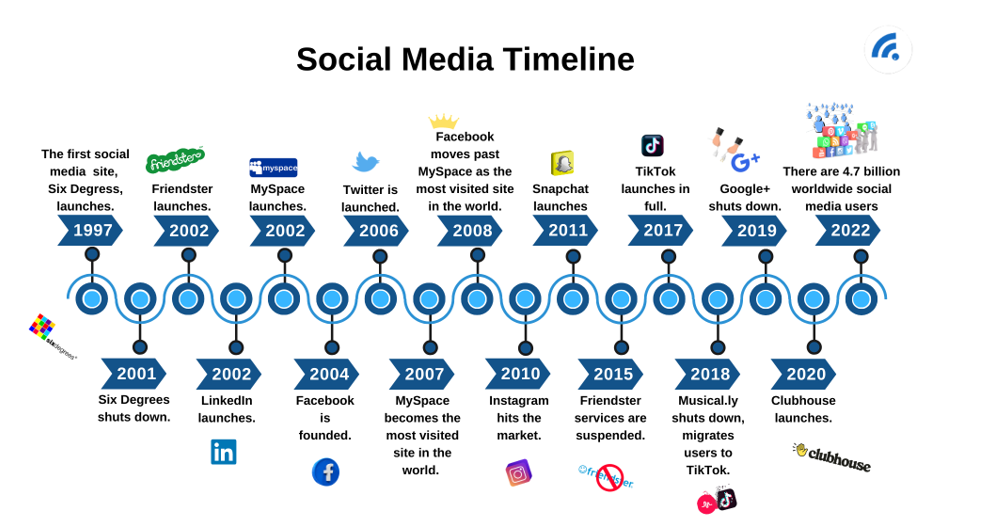How Social Networks are influencing the labor market
In 2010, it was unthinkable to let a boss or future employer have access to their Social Networks, at that time Facebook and Instagram were par excellence the platforms most used by users.
Time has passed, and after a long pandemic season, our way of relating has too.
This is how, little by little, not having co-workers or a boss in networks, has evolved to use the networks, due to the communication facilities they offer to carry out daily work. Being Telegram, LinkedIn, Google, and WhatsApp the social tools par excellence and most used by companies.
Not satisfied with that, looking for and getting a job on Social Networks is a common practice. Not only in slightly more formal networks like LinkedIn, specialized in careers, professions, and connecting people to network. If not other networks like TikTok, have also decided to venture into this field of employment.
In March of this year, the Washington Post declared that TikTok “is fast emerging as a force in the job search ecosystem at a time when unemployment remains high, a new generation looks for their first jobs and pandemic isolation leads to hours of mindless scrolling.”
“Recruiters had already gravitated naturally to TikTok and its 700 million global users (100 million in the US alone). Recently, the marketing agency Recruitics suggested several ways brands could find jobseekers across industries, in education, deliveries, marketing, or healthcare, by both engaging with the site and placing targeted ads. It recommended following your own employees to see which work-related hashtags they’re using, which in turn might provide a way to finding others in the same field. For example, the hashtag #nursesoftiktok had 1.2 billion views”, states Quartz.

In 2010, it was unthinkable to let a boss or future employer have access to their Social Networks, at that time Facebook and Instagram were par excellence the platforms most used by users.
Time has passed, and after a long pandemic season, our way of relating has too.
This is how, little by little, not having co-workers or a boss in networks, has evolved to use the networks, due to the communication facilities they offer to carry out daily work. Being Telegram, LinkedIn, Google, and WhatsApp the social tools par excellence and most used by companies.
Not satisfied with that, looking for and getting a job on Social Networks is a common practice. Not only in slightly more formal networks like LinkedIn, specialized in careers, professions, and connecting people to network. If not other networks like TikTok, have also decided to venture into this field of employment.
In March of this year, the Washington Post declared that TikTok “is fast emerging as a force in the job search ecosystem at a time when unemployment remains high, a new generation looks for their first jobs and pandemic isolation leads to hours of mindless scrolling.”
“Recruiters had already gravitated naturally to TikTok and its 700 million global users (100 million in the US alone). Recently, the marketing agency Recruitics suggested several ways brands could find jobseekers across industries, in education, deliveries, marketing, or healthcare, by both engaging with the site and placing targeted ads. It recommended following your own employees to see which work-related hashtags they’re using, which in turn might provide a way to finding others in the same field. For example, the hashtag #nursesoftiktok had 1.2 billion views”, states Quartz.